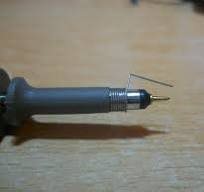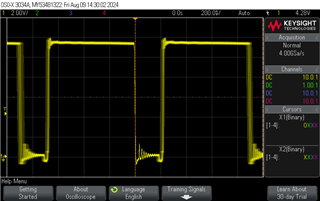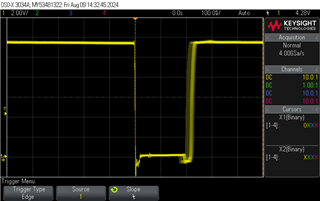Other Parts Discussed in Thread: BQ24103A,
Tool/software:
We have several boards that use the BQ24104RHLR to charge a simple 2S1P 18650 pack with integrated 10k NTC thermistor.
When we had the charge current set at 2A, many parts failed, so we backed it off to 1.5A. We are still seeing many (more than half of a recent build) have these parts fail shortly after passing initial testing.
Below is the schematic, and the layout is reasonable, possibly could use a little better GND on the input caps, but there is a full plane and things are pretty tight.

All parts are populated, including the TVS on the output. Input is from a 30W 12V wall supply. V_BATT is the load, P10 is the battery pack connector, P7 is the 12V input.
The parts seem to be properly soldered, but it's difficult to be sure since the removal of the part reflows the thermal pad.
A failed part does nothing when the input voltage is applied, but they do not seem to load the battery, and the TS pin seems to be unpowered, but may be low resistance to GND, didn't check that.
Any ideas?
Best regards,
Craig






